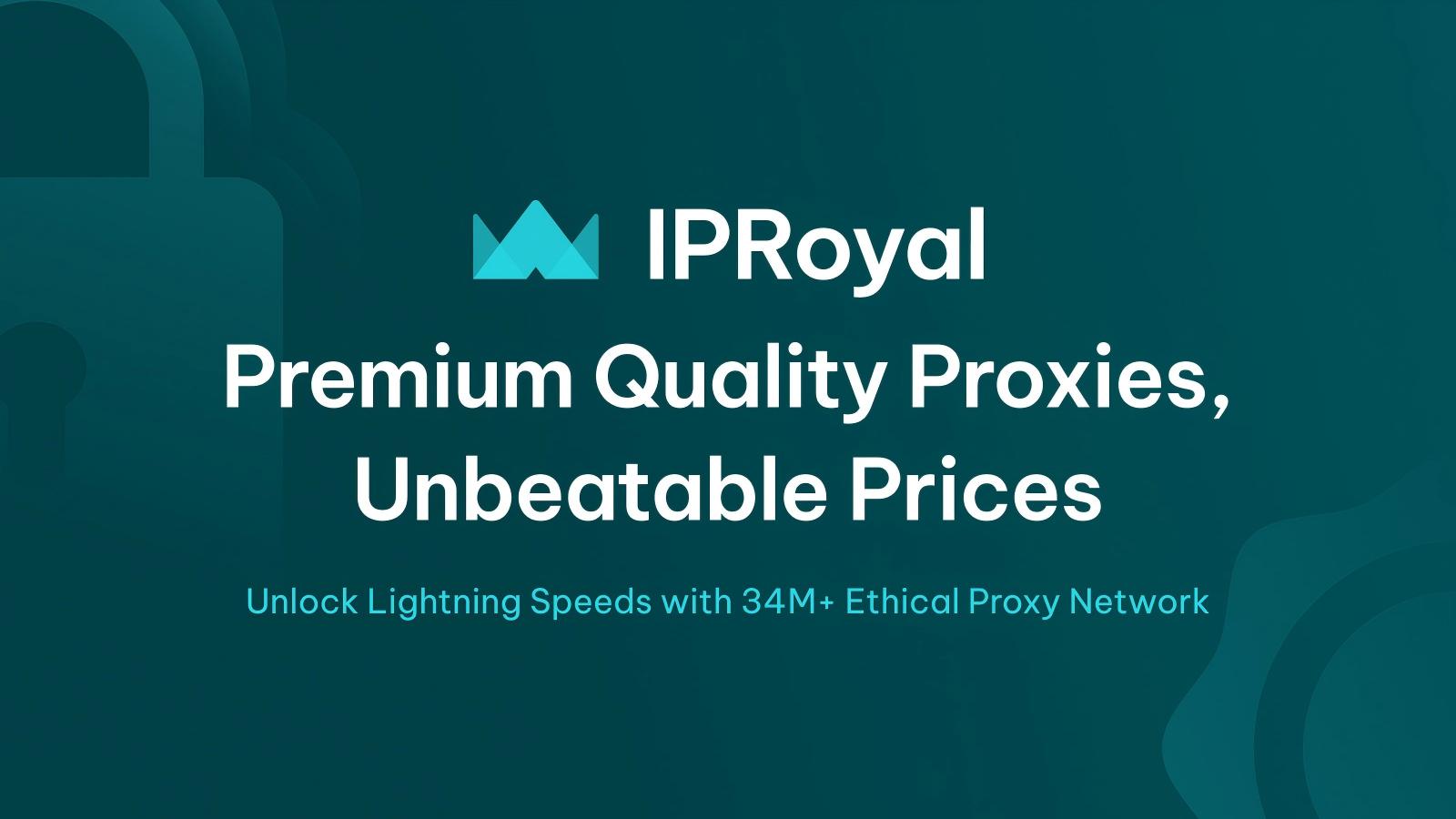Do you have a project where you need to set up a farm of mobile proxies in your home? In today’s guide, we’ll outline how to do that with the help of proxy-seller .
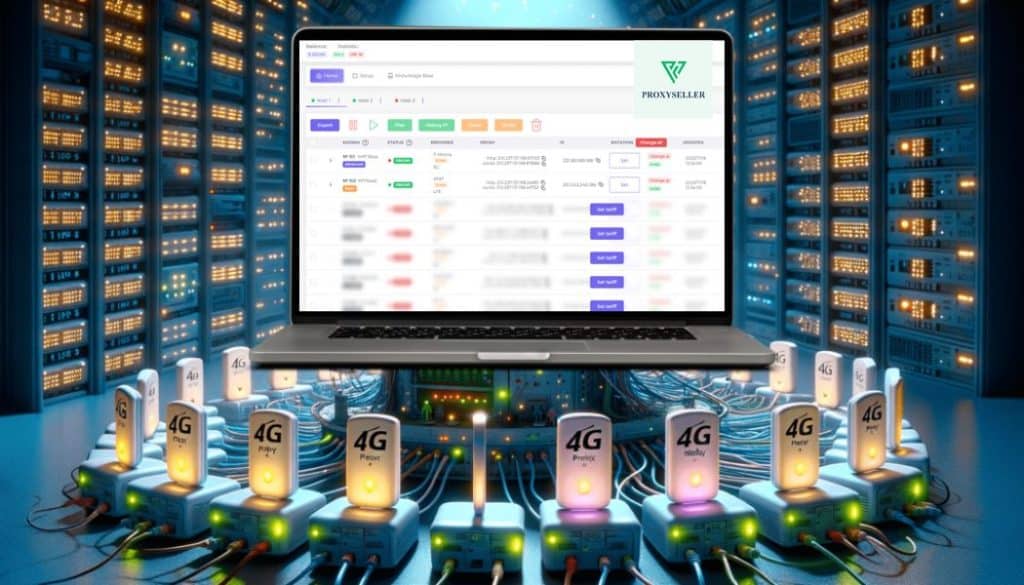
The need for proxies has been constantly rising for a long time. It’s the kind of service people rely on to get many things done. Their flexible nature makes them a great option for anything from bypassing geo-restrictions to scraping data.
With the need constantly increasing, the industry saw an increase in proxy providers, giving people a lot of flexibility when it comes to choosing the right one. With that said, there are alternative options that don’t include getting IP addresses from a provider. You’d want to have your own proxies for many reasons, and being the one who manages them is one of the most common ones.
Getting proxies from a provider is a straightforward approach, but you’ll need some technical knowledge for the one we’ll talk about today. It’s not the most complicated process, but it takes time, and you’ll need to follow some instructions carefully.
If you’re willing to take this route, this guide will be perfect for you. Today, we’ll explain how to set up a mobile proxy farm using Proxy-Seller’s mobile pool. There are two ways to go about this, and we’ll explain both.
What are the options for setting up the mobile proxy farm?
Proxy-Seller offers two options for setting up a mobile proxy farm. The first one is to get the service, giving you access to the dashboard where you can easily manage the proxies. The second option is where you’ll pay for the service, like in the first one, but you’ll also order the physical equipment. Since both approaches are slightly different, let’s look at what you’ll need for each.
-
Running your own equipment
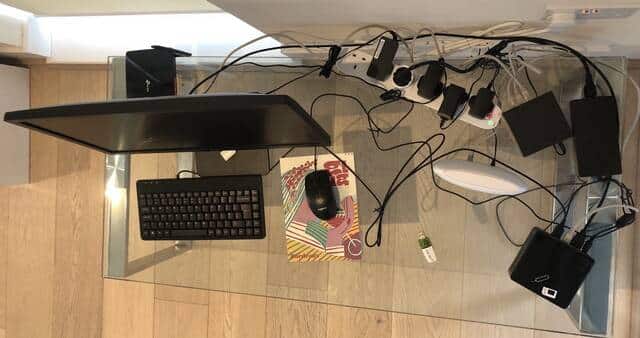
Recently, we made a guide about creating your own mobile proxy, so you might want to check that out for the details. In short, you’ll need a few things to get started.
On the equipment side of things, you’ll need the server which will run the proxies. Our guide explained how to do it with a Raspberry Pi, but you can use other types of machines as you see fit.
For the IP addresses and connectivity, you’ll need a few things. Check out what your local ISPs offer to get USB stick modems and SIM cards. Since we’re talking about a farm, you’ll need to get multiple modem and card combos, as much as you need. You’ll need one stick and one SIM card for each IP address, so plan accordingly. Also, for the SIM cards, make sure to get those with an internet package because you won’t be making any calls. We recommend checking for any bundle offers that come with a modem and a card.
The idea is to run multiple USB modems on a single device, so you’ll also need a hub. Get one with as many ports as you’ll be running modems. For larger use cases, you may need multiple hubs, so you should be mindful of the number of ports available on the machine that will be running the proxies.
If you have all of this prepared, then the only other thing you’ll need is to purchase the service package from Proxy-Seller.
-
Purchasing the equipment from Proxy-Seller

Some aren’t too fond of the setup process from the previous example and would want to take the easy route. Proxy-Seller has that option, which comes in the form of dongle kits.
Each kit includes everything you need to start – micro server, hub, 4G modem dongles, cables, and adapters. This is the complete package, meaning that you’ll have everything to get started. The most important thing to note is that Proxy-Seller doesn’t provide the SIM cards, meaning you’ll need to get those separately from your ISP.
Another important thing to know is that the modems are 4G. In most use-case scenarios, that will be fine, and people running their mobile farms will be happy. With that said, if you need 5G modems, you’ll have to set up the servers manually. Proxy-Seller is currently working on implementing this feature in its products. It’s under development, meaning that it’s not available for mass use.
Since this is just for the equipment, even if you’re taking this route, you’ll still need to purchase a service package. It’s an essential part of managing the mobile proxies.
The great thing about this approach is that Proxy-Seller takes care of everything on both the equipment and service side. You won’t have to bother with configuration settings, and based on the provider’s claims, there are just 2 steps and a few clicks to get the equipment running. Once you receive everything, you’ll need to assemble everything, throw in the SIM cards, and power on the equipment. With a few clicks, you’ll access the dashboard, and you can start running your projects. Everything is automatic, so you won’t have to bother with the configuration.
Pricing
Since Proxy-Seller offers two options, there are also two pricing tables for those.
People who only want the service have several options, depending on their needs. There are two predefined packages to choose from – Basic and Advanced. Both are priced per modem; the first is $8, and the second is $10. The difference between both is the features, with the more expensive one offering a more extensive list. There’s also the option for an enterprise package, so you’ll need to contact the sales team to get a quote.
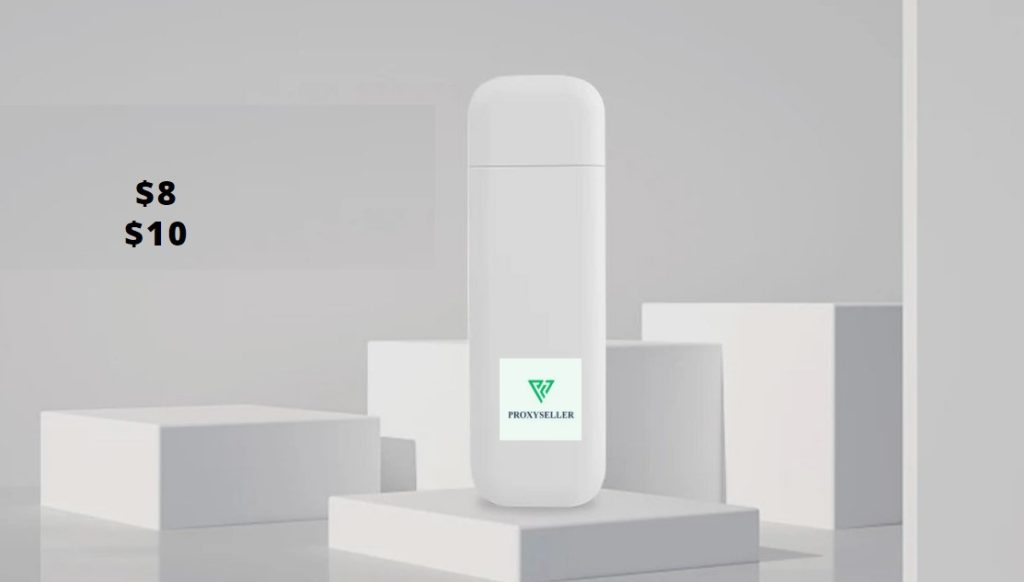
Even though the advanced package offers more features, it doesn’t necessarily mean it’s the better option for you. If you’re looking for just the dashboard to manage and export the proxies, then the basic package will cover your needs quite nicely.
If you decide to get the equipment from Proxy-Seller, you’re looking at a different pricing structure. The company has 4 packages depending on the number of modems you need to get. In other words, you get the package with the number of proxies you’re planning to run on your farm. Everything is the same with each package, just the number of dongles differs. You can get a package with as little as 5 dongles and go up to 40. If you need more, you can reach out to support and see if there’s an option to add more dongles to the largest package. In a worst-case scenario, if that’s unavailable, you can combine multiple packages to get the needed number.
Dashboard Overview and Features
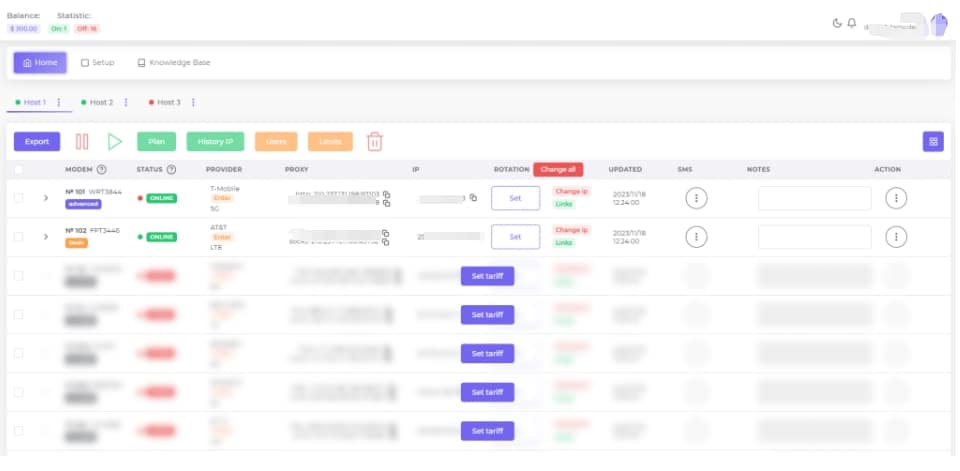
To access the dashboard, you need an active subscription to the service. The process is pretty quick, and you can log in as soon as the payment is processed. It’s a pretty straightforward dashboard, meaning you won’t struggle too much to figure things out. That said, we’ll still give you a quick rundown of what to expect.
On the main window, you’ll have multiple options and menus that you’ll need further down the line. The 3 main sections of the dashboard are Home, Setup, and Knowledge Base.
The home section is where you’ll get an overview of the proxies, connections, and everything else related to them. Below the main navigation, you’ll find different tabs that you can set up for each host. Everything below that menu is related to the selected host.
On the top, you have several buttons that allow you to activate or deactivate proxies, export them, or check out their history. There’s also the option to set additional user rules and limits. In this section, you’ll have a list of all the modems associated with the specific host, which will give you loads of information about them, such as the IP address, rotation rule, provider, and a lot more.
The second tab is the setup one, where you’ll need to connect and synchronize the modems with the service. Proxy-Seller has an in-depth guide for this process, which you’ll find under the Knowledge Base tab.
You will find some information about your account in the top left corner of the dashboard. You’ll get an overview of the balance and the available modems, showing how many are online or offline. On the right side, you have the notification and account section, as well as a toggle to switch to dark mode.
There are multiple options under the account section, including the payment section, adding domains, removing duplicates, changing the user data, API implementations and a lot more.
FAQ
Q. Is it legal to create a proxy farm?
Just like we say, whenever we talk about proxies, there is no legal limitation to using them, and the same goes for the creation part. As long as you’re not using them for illegal activities, you won’t have any issues.
Q. What’s the maximum number of proxies I can create?
There isn’t a specific limit regarding the number of proxies in your farm. With that said, you’ll need to be mindful of the equipment and its limitations. As long as the hardware can handle it, you can purchase as many SIM cards as possible and have as many proxies.
Q. How long does it take for the equipment to arrive from Proxy-Seller?
The company relies on DHL for delivery, and usually, it arrives in 5 to 7 days.
Q. Can I create proxies using eSIM?
Technically, you can, but it’s not as simple as that. You’ll need USB modems that support eSIM to go for this approach. The ones you’ll get from Proxy-Seller only work with physical SIM cards.
Q. What locations will the proxies have?
Unlike proxies you’ll get from a provider when creating a proxy farm, you’re limited to one location: yours. Since you’re getting the SIM cards from a local provider, the ISP will allocate the IP address associated with them.
Q. What can I use a proxy farm for?
The use cases for a proxy farm aren’t too different than the regular ones, but there are still some subtle differences. Bypassing geo-restrictions isn’t something you’ll do with these proxies, but you can do a geo-analysis. These proxies are from your country, but as mobile proxies, the region doesn’t play a massive role. As a result, you can do something like a price analysis from different regions to see if there’s a difference.
Another good application is scraping. Sure, datacenter proxies may also work for this, but if you already have the farm, you can use it to scrape data from any website. Since you’ll have multiple IP addresses, you can scrape anything without restrictions. Despite being from the same region, the website or service that you want to scrape will see each request as a different person.
Social media management is another good example of this. It’s not the most common application, but it works well. Running multiple accounts from a single IP can result in a ban, which is where these proxies come into play. You can use a separate modem for each account, and even though you’ll be managing them from one location, each one will use a different address. This will drastically minimize the chances of getting banned.
Q. Do Proxy-Seller’s mini servers support Wi-Fi connectivity?
The devices you’ll get from Proxy-Seller offer the choice between ethernet and Wi-Fi connection. Even though you can use both, we and the company recommend using a wired connection. This ensures a stable connection with no interruptions and consistent speeds.
Conclusion
At first glance, setting up your mobile proxy farm with Proxy-Seller seems complicated, but in reality, it’s not. Even though some more work is involved if you’re going with your own equipment, it’s not terribly complicated as long as you follow our guide. On the other hand, going to Proxy-Seller for everything is the simplest approach.
Setting up a mobile proxy farm isn’t something that you won’t be able to do. Despite having some work involved, as long as you need it for your project, there is an option. Today, one of the best is Proxy-Seller, which simplifies the process for people who don’t want to bother setting things up.
